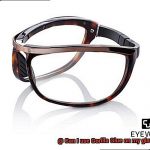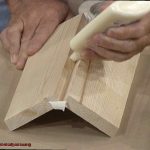Sick of shelling out big bucks for pricey sealers on your DIY projects? Ever thought about using Elmer’s glue as a sealer instead? Believe it or not, this ordinary household adhesive can serve as a sealer in a variety of crafting endeavors.
Elmer’s glue is a jack-of-all-trades adhesive, commonly found in schools and homes where it’s used for everything from making slime to bonding paper and cardboard. But many DIY enthusiasts have discovered its versatility as a sealer, and it’s quickly becoming the new craze in the crafting world.
Using Elmer’s glue as a sealer has its perks. It’s affordable, easy to find, and doesn’t require any special skills or tools to apply. Plus, it dries clear – making it an ideal choice for all sorts of creative projects. However, there are also limitations to consider; since it’s water-soluble, it may not be the best choice for projects that will be exposed to moisture.
In this article, we’ll dive into the ins and outs of using Elmer’s glue as a sealer. We’ll share tips and tricks on how to use it effectively in your crafting endeavors so you can get the most out of this versatile adhesive. So buckle up, get ready, and let’s explore the world of Elmer’s glue as a sealer together.
What is Elmer’s Glue?
Contents
- 1 What is Elmer’s Glue?
- 2 Can Elmer’s Glue Be Used as a Sealer?
- 3 Advantages of Using Elmer’s Glue as a Sealer
- 4 Disadvantages of Using Elmer’s Glue as a Sealer
- 5 Tips for Using Elmer’s Glue as a Sealer
- 6 Different Types of Elmer’s Glue for Sealing Projects
- 7 Alternatives to Using Elmer’s Glue as a Sealer
- 8 Conclusion
Elmer’s Glue: The Versatile and Reliable Adhesive for Crafting and Sealing
Elmer’s Glue has been a household name since it was first introduced in 1947 by the Borden Chemical Company, now known as Elmer’s Products Inc. This popular brand of glue is widely used in arts and crafts projects, schools, and offices. But what exactly is Elmer’s Glue, and how can it be used as a sealer? Let’s explore.
What is Elmer’s Glue?
Elmer’s Glue is a type of polyvinyl acetate (PVA) glue that is water-soluble. PVA glue is made from a synthetic polymer known for its strong bonding properties. It dries clear, making it ideal for use in a variety of applications such as paper, cardboard, wood, fabric, plastic, and even metal. Elmer’s Glue comes in various forms, including white school glue, clear glue, washable glue, and glitter glue.
Using Elmer’s Glue as a Sealer
Yes, Elmer’s Glue can be used as a sealer. However, there are some factors to consider before using it as a sealer. Firstly, it is important to note that Elmer’s Glue is not waterproof and may not provide adequate protection for items that are exposed to water or moisture. Additionally, it may not adhere well to smooth surfaces like glass or plastic.
When using Elmer’s Glue as a sealer, choose the right type of glue depending on the project and surface to be sealed. For example, Elmer’s School Glue is ideal for paper and cardboard while Elmer’s Carpenter’s Wood Glue is perfect for wood and other porous surfaces.
To use Elmer’s Glue as a sealer:
- Apply a thin layer of glue using a brush or sponge, spreading it evenly across the surface.
- Let it dry completely before applying another layer. Depending on the thickness of the layer applied, it may take several hours to dry.
If you need to seal a surface that requires durability or a long-lasting finish, it is recommended to use a sealer specifically designed for that purpose.
Can Elmer’s Glue Be Used as a Sealer?
The answer is yes. This water-based adhesive is a popular choice in schools, homes, and offices for its clear drying and easy-to-clean properties. But can it protect your surfaces from moisture and air? Let’s explore the benefits and drawbacks of using Elmer’s glue as a sealer.
One of the biggest advantages of using Elmer’s glue as a sealer is affordability and availability. You can find it at most craft stores and won’t have to break the bank. Plus, it’s easy to apply and dries quickly, making it a convenient choice for those with busy schedules.
However, it’s important to keep in mind that Elmer’s glue is not a professional-grade sealer. Although it works well for most projects, it may not be suitable for all surfaces or applications. For instance, Elmer’s glue lacks waterproofing abilities, so it may not hold up well against moisture or humidity.
When using Elmer’s glue as a sealer, you want to make sure you apply it evenly in thin layers to ensure full coverage and protection. It’s also advisable to wait for the glue to dry completely before applying any additional layers or using the sealed surface.
In conclusion, Elmer’s glue can be an excellent option for sealing your crafts and projects on a budget. However, it’s essential to consider its limitations and choose the right type of glue for your specific needs. Here are some key takeaways:
Benefits of Using Elmer’s Glue as a Sealer:
- Affordable and easily accessible
- Easy to apply and dries quickly
Drawbacks of Using Elmer’s Glue as a Sealer:
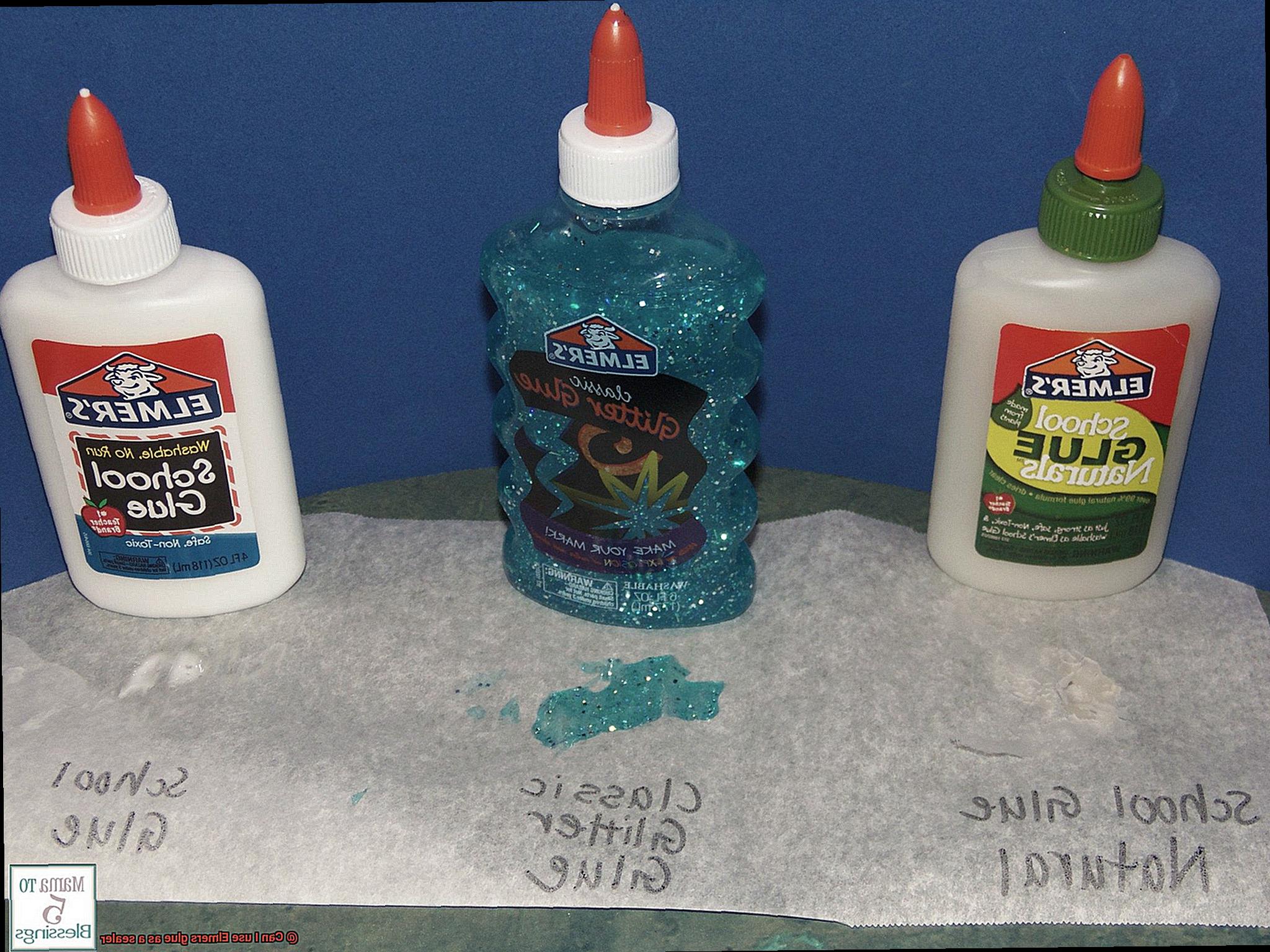
- Not a professional-grade sealer
- Not suitable for all surfaces or applications
- Lacks waterproofing abilities
Tips for Using Elmer’s Glue as a Sealer:
- Apply it evenly in thin layers
- Wait for the glue to dry completely before applying additional layers or using the sealed surface
Advantages of Using Elmer’s Glue as a Sealer
If you’re in need of an affordable and versatile sealer for your next crafting project, Elmer’s glue is an excellent choice. As an expert on the topic, I’ve compiled a comprehensive list of advantages to using this popular adhesive as a sealer.
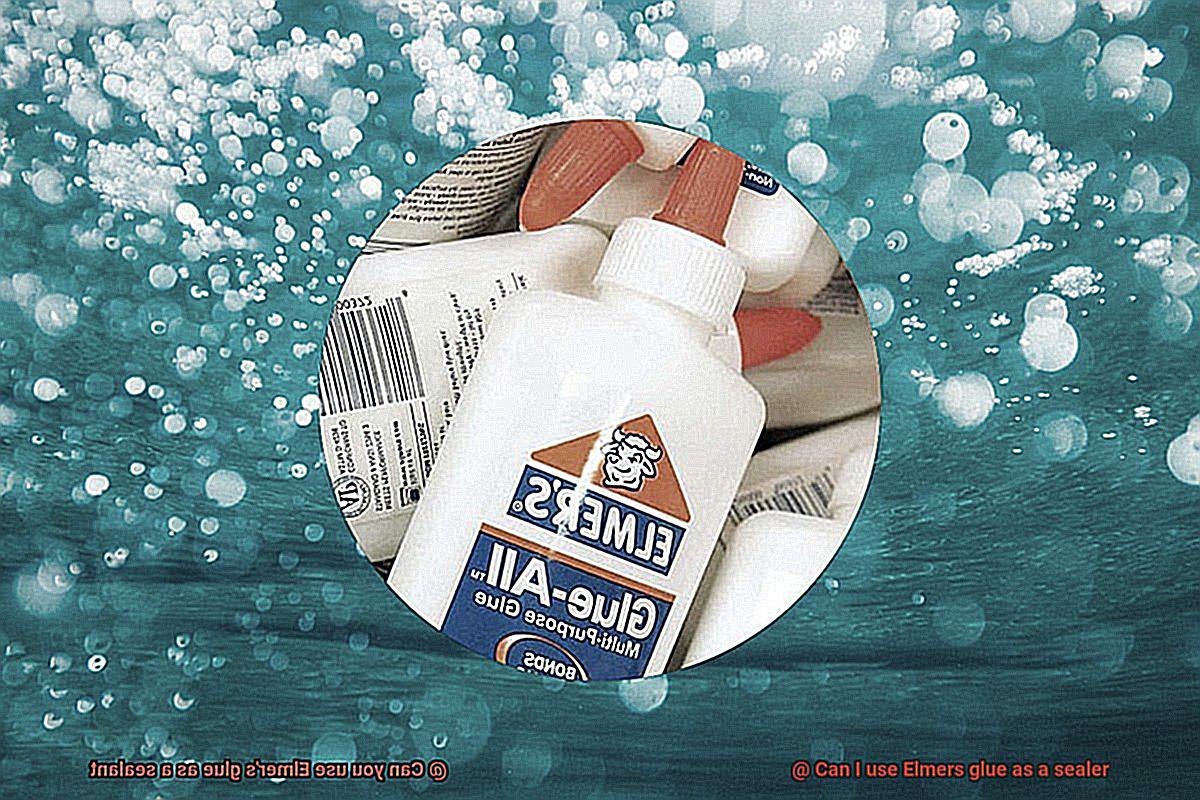
First and foremost, Elmer’s glue is widely available and won’t break the bank. You can find it at almost any craft or hardware store for a fraction of the cost of other sealers on the market. Plus, with its versatility, it’s easy to use on a variety of surfaces like paper, cardboard, wood, and even fabric.
What’s more, Elmer’s glue dries clear, making it ideal for projects where you want the design to remain visible. Unlike other sealers that may alter the appearance of your project, Elmer’s glue maintains clarity while providing a protective layer.
- But that’s not all – Elmer’s glue is also water-based, which means it’s incredibly easy to clean up with just soap and water. This feature is especially useful for children’s crafts or messy projects where spills and cleanups are expected.
- And let’s not forget about durability – using Elmer’s glue as a sealer can provide added protection to your projects. It can help prevent fading, cracking, or peeling over time, ensuring your project remains intact and looking great for longer.
Overall, Elmer’s glue offers many advantages as a sealer such as affordability, versatility, clarity, ease of use, and added durability. It’s the perfect choice for a wide range of projects and applications.
However, it’s worth noting that while Elmer’s glue can work well as a sealer in certain applications, it may not be suitable for all projects. It’s always best to test it out on a small area first before committing to using it for larger projects.
Disadvantages of Using Elmer’s Glue as a Sealer
It’s important to note that while it may seem like a convenient solution, it comes with its own set of disadvantages.
Firstly, Elmer’s glue is not waterproof and cannot withstand exposure to moisture or liquids. This makes it unsuitable for sealing surfaces that are likely to come into contact with water, putting your project at risk of damage.
In addition, using Elmer’s glue as a sealer can cause discoloration and yellowing over time. This is because the chemicals in the glue react with the environment and can cause the surface to become brittle and discolored. If you’re working on a project that requires a clear or opaque finish, this can be particularly problematic.
Furthermore, Elmer’s glue may not be durable enough to withstand regular wear and tear. Over time, the glue may begin to peel or flake off, leaving the surface unprotected and vulnerable to damage. This can be especially concerning if you’re working on a project that needs to last for an extended period of time.
Moreover, Elmer’s glue dries to a semi-translucent finish, which may not be suitable for certain projects. If you’re using it on materials such as glass or plastic, any discoloration or cloudiness caused by the glue will be noticeable and can affect the overall appearance of your project.
Lastly, Elmer’s glue may not adhere properly to some surfaces or materials such as wood or fabric. This means that even if you apply multiple coats of glue, it may still fail to provide adequate protection and sealant.
Tips for Using Elmer’s Glue as a Sealer
Elmer’s glue is a versatile adhesive that can also be used as a sealer. It’s an affordable and effective way to protect your DIY projects from wear and tear, but it’s important to use it correctly to ensure a long-lasting seal.
Use the right type of Elmer’s glue
Using white school glue is essential for creating an effective and long-lasting seal. This glue is water-based and dries clear, making it ideal for use on many surfaces.
Dilute the glue with water
Before applying Elmer’s glue to your project, mix it with water in a 1:1 ratio. This will help the glue go on smoothly and evenly without leaving any clumps or bumps.
Apply thin layers
To prevent cracking or peeling, apply the glue in thin layers rather than one thick layer. You can use a paintbrush or sponge to apply the glue, depending on the size and shape of your project.
Let each layer dry completely
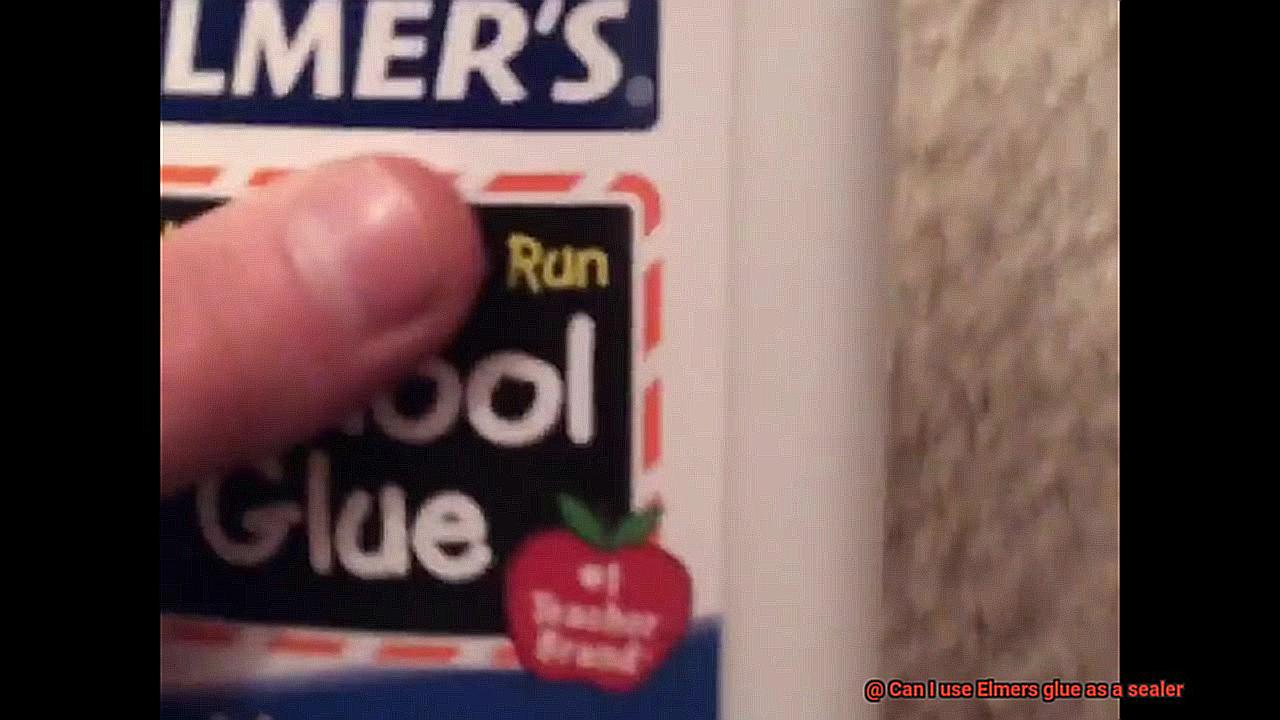
Allow each layer of glue to dry completely before applying another layer. This can take anywhere from a few hours to overnight depending on the thickness of the layer and humidity in your workspace.
Sand the surface lightly
Once all layers are dry, sand the surface lightly to create a smooth finish. This step is especially important if you plan on painting over the sealed surface.
Use waterproofing spray for added protection
If you’re sealing an outdoor project or one that will be exposed to moisture, it’s recommended that you add a waterproofing agent to your glue mixture or use a waterproofing spray on top of the dried glue layer for added protection.
Different Types of Elmer’s Glue for Sealing Projects
Elmer’s glue is a versatile adhesive that can be used for various sealing projects. However, not all Elmer’s glue types are created equal. Here are five different types of Elmer’s glue that you can use for sealing projects, each with its own unique properties and uses:
Classic White Glue
This type of glue is also known as school glue. It is perfect for porous surfaces like paper, cardboard, and wood. It is water-soluble and dries clear, making it easy to clean up and ideal for children to use. However, it may not be the best option for non-porous surfaces.
Clear Glue
If you need a transparent finish, clear glue is the way to go. It works just like white glue but dries transparent instead of clear. It is perfect for sealing surfaces like glass jars or plastic.
Carpenter’s Wood Glue Max
This heavy-duty glue is perfect for sealing wood, metal, and plastic surfaces. It is waterproof and provides a strong bond that can withstand wear and tear. It dries clear and is ideal for projects that require extra durability.
Multi-Purpose Spray Adhesive
This spray adhesive is perfect for larger projects such as furniture or walls. It forms a strong, permanent bond and dries clear. It can be used on both porous and non-porous surfaces.
Super Glue
Also known as cyanoacrylate adhesive, superglue is ideal for bonding small surfaces quickly and securely. While not specifically designed for sealing projects, it can come in handy in a pinch.
Alternatives to Using Elmer’s Glue as a Sealer
If you’re looking to seal your projects, Elmer’s glue may be a go-to option for many crafters. However, there are times when it may not be the best choice. Luckily, there are a variety of alternatives available that can be just as effective, if not more so.
One of the most popular alternatives to Elmer’s glue is Mod Podge. This versatile water-based sealer, glue, and finish can be used on all types of surfaces. Not only does it dry clear, but it also provides a durable and protective coating that can withstand wear and tear. Plus, Mod Podge comes in different finishes such as glossy or matte, allowing you to customize your project to your liking.
If you’re looking for something a bit stronger, consider using polyurethane. This clear liquid can be brushed onto your project and is great for use on wood, metal, plastic, and other surfaces. Polyurethane dries to a hard finish that provides excellent protection against scratches and other damage.
Epoxy resin is another alternative that creates a hard, durable finish when dried. It can be used on various surfaces like wood, stone, and ceramics. Epoxy resin is also waterproof and heat resistant, making it ideal for outdoor projects.
Lastly, silicone sealant is perfect for sealing non-porous surfaces such as glass and metal. It provides a waterproof seal that can withstand extreme temperatures.
UJFzk57-Fzs” >
Also Read: Can you use Elmer’s glue as a sealant?
Conclusion
To sum up, Elmer’s glue is a fantastic option for those looking to save money on sealers for their DIY projects. It is an affordable and readily available adhesive that can be found in most households or craft stores. However, it is important to keep in mind that Elmer’s glue has its limitations and may not be suitable for all projects, particularly those exposed to moisture.
When using Elmer’s glue as a sealer, it is crucial to select the appropriate type of glue based on the project and surface being sealed. To achieve a long-lasting seal, it is essential to apply thin layers evenly with a brush or sponge and allow each layer to dry completely before adding another layer.
While Elmer’s glue works well for most projects, there may be situations where it does not provide sufficient protection or adhere correctly to certain surfaces. In such cases, alternatives like Mod Podge, polyurethane, epoxy resin, or silicone sealant may be more suitable.
In conclusion, using Elmer’s glue as a sealer can help you save money while also providing added durability and protection to your DIY projects. By considering its advantages and disadvantages and following the tips outlined in this article, you can make the most out of this versatile adhesive in your crafting endeavors.




